The raspberry bush has perennial underground part (rhizome) and a biennial above-ground part (stem). The root system of the bush consists of many horizontal branches.
The rhizome does not have a main root, but instead has many branches and hairs that grow sideways and cover a large part of the soil around it - about 1.5 meters. Many growth buds are formed on the rhizome and branches, from which new root shoots emerge in the spring.
Already in the same year, the shoots reach a height of up to 2 meters and in the following year they begin to bear fruit and at the end of summer they dry out.
Raspberry leaves are pinnately compound. They can be rounded, oblong or ovoid. Raspberry flowers are white, small and collected in inflorescences. The fruit is complex and is made up of many fruit, that are closely connected to each other.
The raspberry fruit is conical or hemispherical in shape, red or dark red in color, sour-sweet and very aromatic. Raspberry fruit do not ripen at the same time - the period can last about 20-25 days.
Raspberry is a self-fertile plant, but still, with foreign pollination, a significant increase in fruit yield is observed.
Raspberry is known for its proven advantages over other fruit types. It has been known since ancient times. Raspberry seeds have been found in excavations of Stone Age and Bronze Age dwellings. The most famous are the two types:
- red raspberry (Rubus idaeus L.) with two main subspecies - European and American, and
- black raspberry (Rubus occidentalis L.), which grows only in North America.
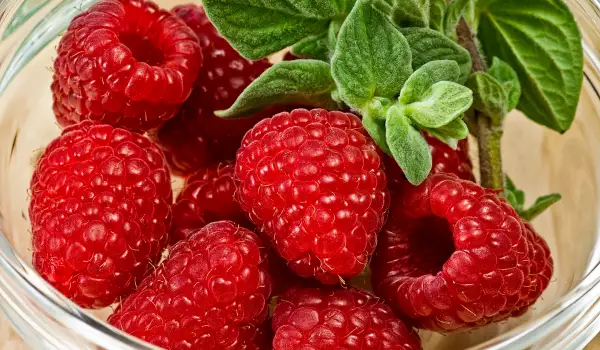
Raspberry cultivation begins with their planting. It is carried out in the period from the end of October, until the onset of permanent cold weather and in the spring - until the end of March. Choosing a place to plant is extremely important. The soil must be dug to a depth of about 30-35 cm and fertilized. The terrain can be shady, allowing dappled shade and fully sunlit.
Raspberry grows best on loamy sand and sandy loam moist soils that are rich in nutrients. Raspberries are not very pretentious about the climate. However, the best yields are obtained in mountainous and semi-mountainous areas, where the air is fresh, there is coolness and frequent rainfall. It also does well in cool riparian areas. If the rainfall is not sufficient, the bushes should be watered additionally.
The plants are planted in rows at a distance of up to 2 m from each other. In the furrows, they are placed at a depth of about 35 cm, being necessarily planted 2-3 cm deeper than they were in the nursery garden.
It is good to grow raspberry plantations on a wire structure, or to attach the plants one by one to poles with rags. This will facilitate harvesting and will not allow them to lie on the ground. Raspberries are a very delicate fruit and should never be eaten so far
Raspberry plantations require nitrogen fertilization. It happens depending on the nitrogen content in the soil. In addition, it is good for a period of 3 years, before autumn plowing, to bring in well-rotted manure. Raspberries require regular watering, until the end of August, so that they don't burn.
Annual pruning is absolutely mandatory. With it, the fruitful 2-year-old shoots are removed and the one-year-old ones are thinned out. In the second year after planting, 2–3 shoots are left on each plant for fruiting. The rest are cut low to the ground.
In the third and fourth year, the number of fruiting shoots increases and the plantations enter full fruiting. Continuous rows are formed with a width between them of 25-35 cm. Pruning is done in the rows themselves in order to thin out and remove sick, attacked by galica and agrilus, broken, frost-damaged and weak shoots.
In the spring, pruning is done when the buds start to bloom, when damage from winter frosts, diseases and enemies are clearly visible. The tops must be shortened by 15-20 cm. After pruning, the plants should be no higher than 160-180 cm.
After harvesting, it is good to cut the fruiting stems to the ground. This ensures better access to the sun's rays and better maturation of the new shoots.
If you are already growing raspberries, be sure to whip up some of our irresistible Raspberry Recipes like Raspberry Cheesecake, Raspberry Cake, Raspberry Cream, Raspberry Ice Cream or Raspberry Lemonade.
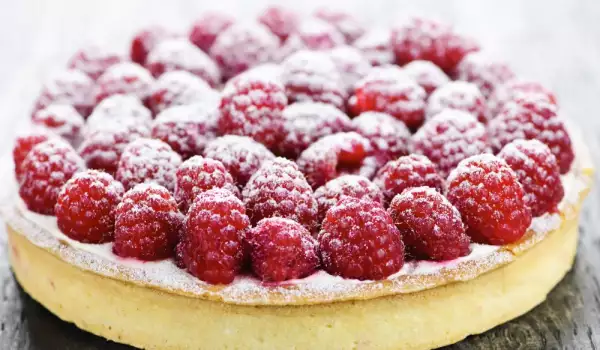
With raspberries, you can also prepare raspberry panna cotta, raspberry semifreddo, raspberry charlotte cake, raspberry mascarpone, raspberry brownie, raspberry parfait, raspberry lemonade, easy raspberry muffins, dessert champagne and raspberries, raspberry oreo cheesecake and many more.
With homegrown raspberries, any dessert will be much more delicious and aromatic, so do not hesitate to grow these aromatic bushes in your garden as well.
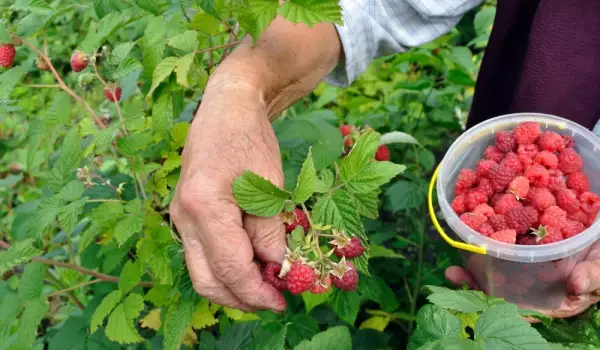


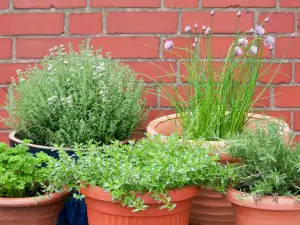
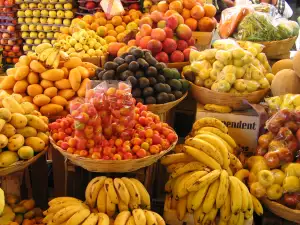
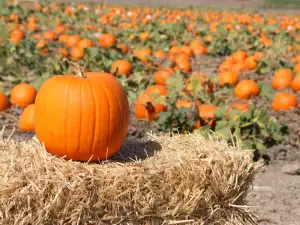
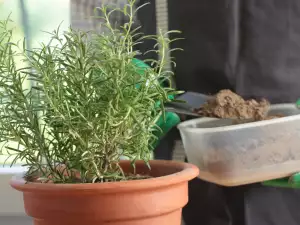


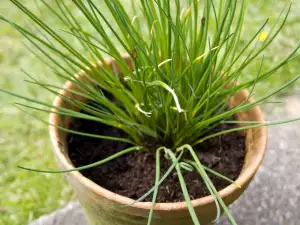
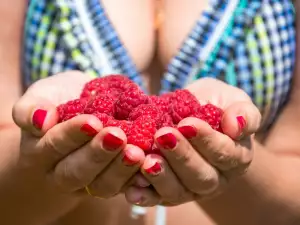


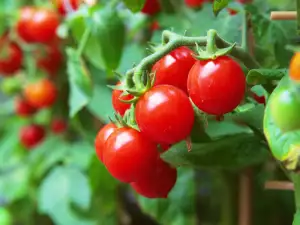




Comments